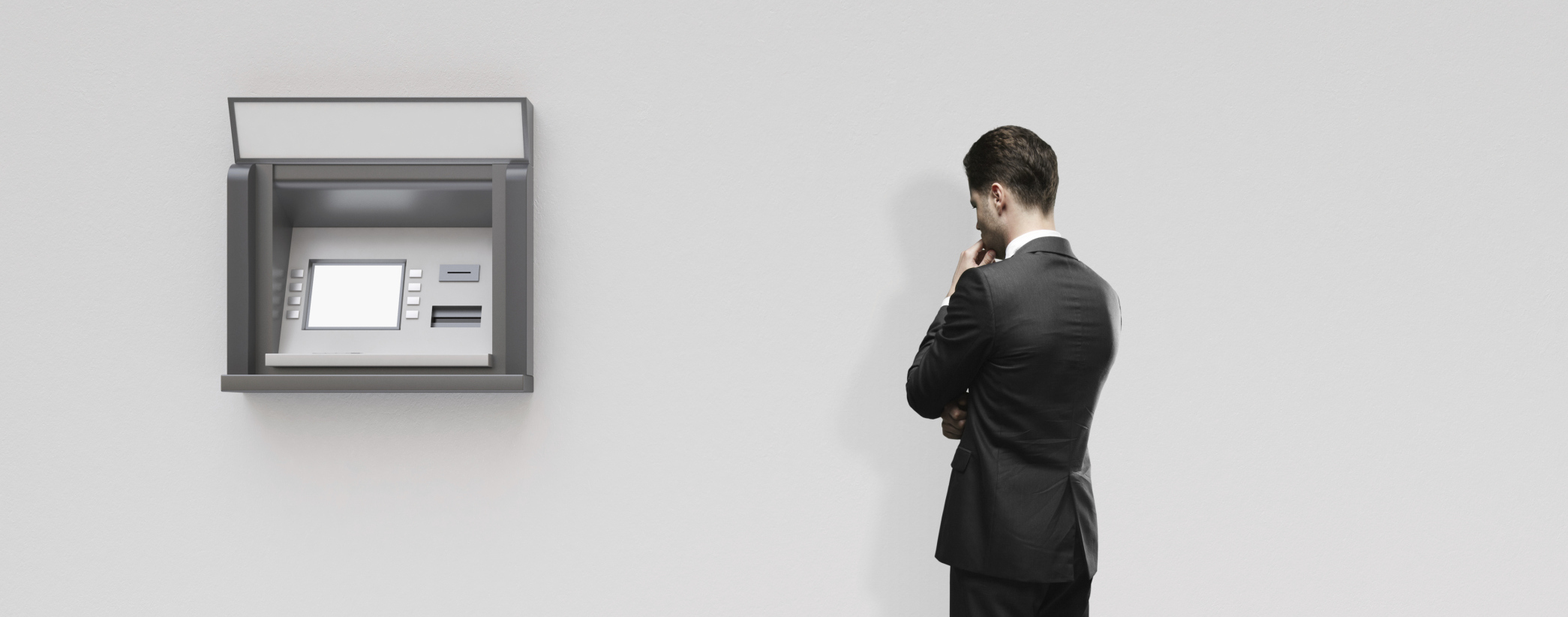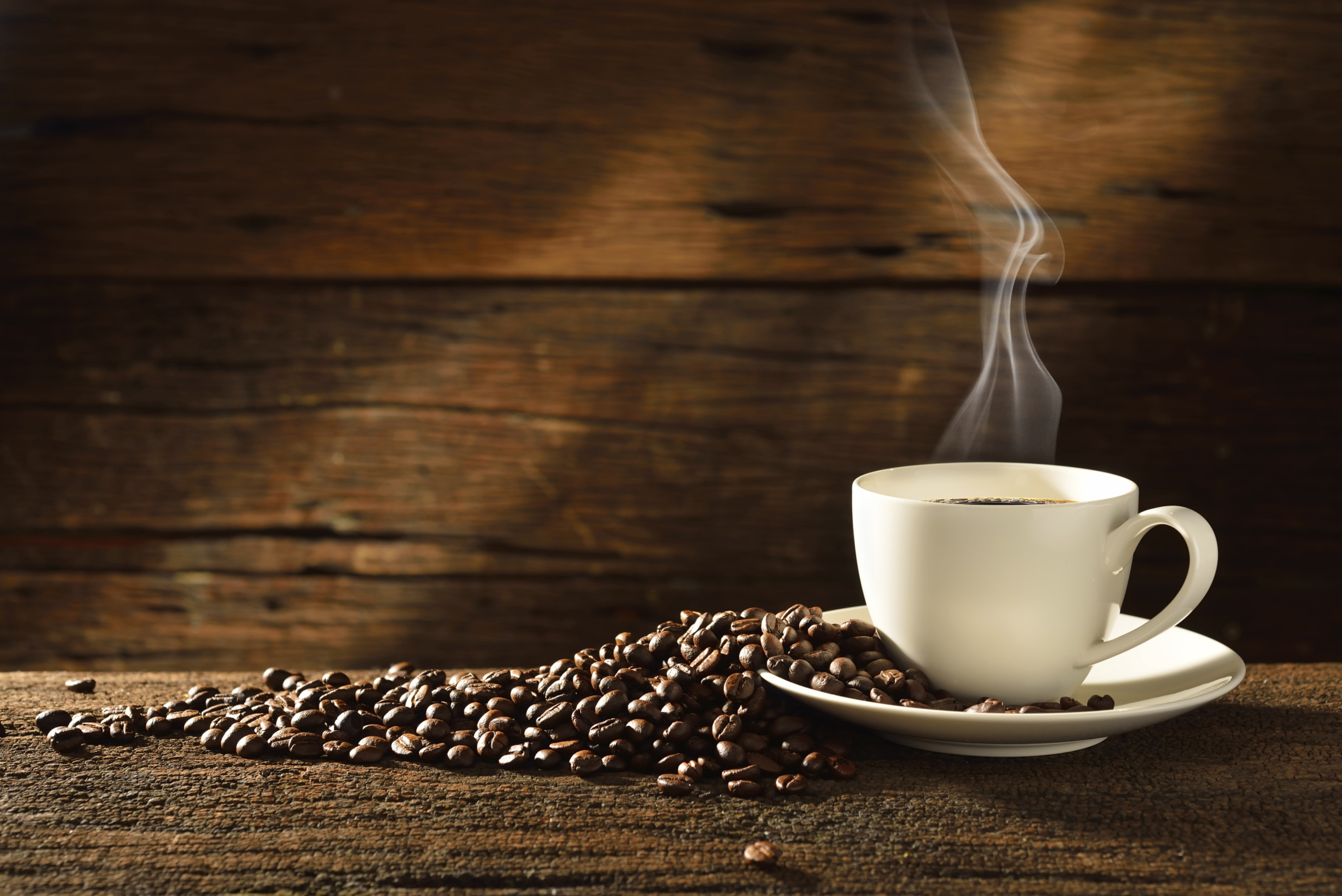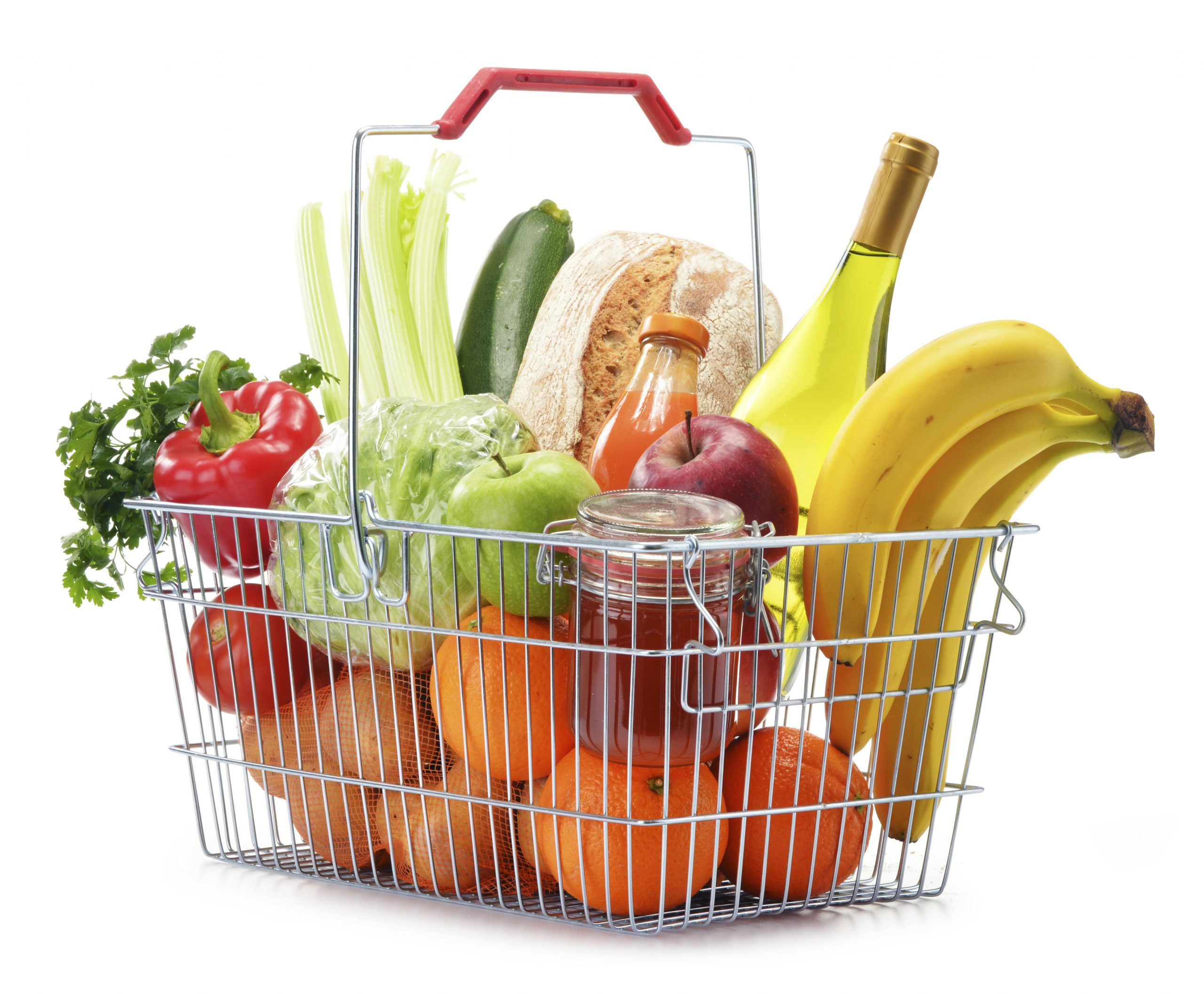What Your Customers Want At The Meat Counter.
Fresh meat is big business. According to the FDII, in 2008 the total gross agricultural output of Ireland was valued at €5.7 billion, of which cattle accounted for 26%, pigs for 5% and sheep for 3%. Overall, meat production accounts for a significant percentage of the total agricultural output of Ireland. The meat sector and meat retailing hasn’t been without its scandals, of course, with issues like BSE in beef and the more recent horsemeat scandal in processed foods bringing a spotlight on meat production, processing and retail. Even in the last week, there’s been some potentially troubling reports around the issue of fresh meat retailing: here. It’s our business to figure out what your customers make of all this, so we went ahead and asked them.
48.06% of our 283 respondents advised that they purchased their fresh meat in a butchers, the remaining 52% purchasing their across a wide range of different retailers (Tesco the largest single fresh meat retailer in this survey with 40.28% of our respondents purchasing their meat there – way ahead of the runner up, Supervalu, which accounted for 23.67%). Of the respondents who advised us they purchased their meat from a butchers, quality and freshness, along with trust and tracability, were perhaps unsurprisingly the main reasons given. When we asked our respondents whether they purchased their meat from the fresh meat counter, 69.96% told us that they did. The main reasons given for this were to get meat cut to order (49.47%) and because of the butcher’s knowledge (34.98%). It’s worth noting, however, that almost a quarter of our respondents (24.03%) did tell us that they only go to the fresh meat counter for “special occasions”.
Of the 30.04% of respondents that claimed they didn’t buy meat from a fresh meat counter, but instead bought pre-packaged cuts, 58.82% of them explained that this was simply a matter of convenience. A very significant number, however (56.47%), also mentioned that they found the pricing of pre-packaged meat easier to interpret, and perhaps surprisingly there was a significant number of these respondents (38.82%) who had reasons of quality for choosing pre-packed meat – they felt it was easier for them to inspect the meat before choosing which package to purchase. These responses make it clear that there are actionable ways that retailers could try to drive traffic towards their fresh meat counter – facilitating more clearly priced meat and working with customers to allow them a proper inspection of the meat that they’re buying may go some way towards shepherding customers towards the fresh meat counter.
In terms of what retailers our respondents felt were doing the meat counter right – overwhelmingly they felt that local butchers were the most effective (69.26%), suggesting that major retailers have not quite managed to outrun the stigma associated with the meat scandals of recent times. Of the major retailers, Supervalu and Superquinn were the rated significantly ahead of the rest (18.85% and 16.6% respectively). The next highest rated of the major chains was Tesco, at 7.26% – a significant dropoff. In terms of the pre-packaged market, the breakdown was actually much the same. The single most trusted segment of our survey when it came to where our respondents were buying prepackaged meat was again the local butcher – 46.79%. After them, with an only slightly higher rating for prepackaged meat than they had for fresh, came Supervalu and Superquinn (21.58% and 18.07% respectively). Once more, the next closest of the major chains was Tesco, but again at a significant dropoff (12.76%).
So, it’s clear from our survey that when it comes to buying meat, people approach it with the ghosts of the scandals weighing on their mind – they still predominantly prefer their local butcher to the big chains. Even those chains that seemed to perform best in our survey (Supervalu and Superquinn) come way behind local butchers in terms of preference among the people we surveyed. Really, the only aspects of pre-packaged meat that really seemed to compete with the meat counter was the aspect of convenience – customers can walk in and pick it up with minimal fuss, and the price will be clearly labelled on the packaging – no requirement to discuss measurements with a butcher or do any mental arithmetic. These are the factors on which prepackaged meat manages to successfully compete with the fresh meat counter.











